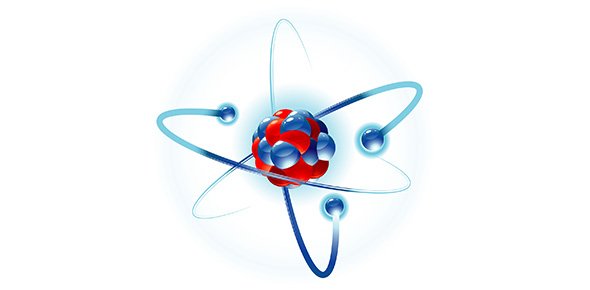Related Flashcards
Related Topics
Cards In This Set
| Front | Back |
|
Chemistry
|
The science that deals with the composition of matter and the changes that may occur in that composition
|
|
Matter
|
-Anything that has mass and takes up space
-Solids, liquids, and gasses |
|
Mass
|
-Can be described as weight and used interchangeably
|
|
Elements
|
-What matter is composed of, living and nonliving
-The simplest form of matter -Cannot be broken down into a simpler form by ordinary chemical means -90 naturally occurring -16 man-made |
|
How many elements are needed by living organisms?
|
21; oxygen, carbon, hydrogen, nitrogen, calcium, phosphorus, potassium, sulfur, sodium, chlorine, magnesium, fluorine, chromium, manganese, iron, cobalt, copper, zinc, selenium, molybdenum, iodine
|
|
Atom
|
-The smallest particle of an element that still retains the properties of that element; unbelievably small
-Made up of protons, neutrons, and electrons |
|
Nucleus
|
A dense region that contains protons and neutrons
|
|
Electrons
|
-Outside the nucleus
-Negatively charged -Almost no mass -Their number and arrangement determine how an atom reacts |
|
Protons
|
-Located in the nucleus
-Positively charged -Has the mass of 1 AMU |
|
AMU
|
Atomic Mass Unit
|
|
Atomic Number
|
The number of protons in the nucleus
|
|
Neutrons
|
-Found in the nucleus
-Have the same mass as protons -Have no charge (neutral) |
|
Mass Number
|
Protons and Neutrons account for the mass of an atom. This is their collective number.
|
|
Electrically neutral
|
The number of negatively charged electrons in an atom is always equal to the number of positively charged protons.
|
|
Energy levels or Shells
|
-High energy levels are further from the nucleus
-Where the electrons are located |





